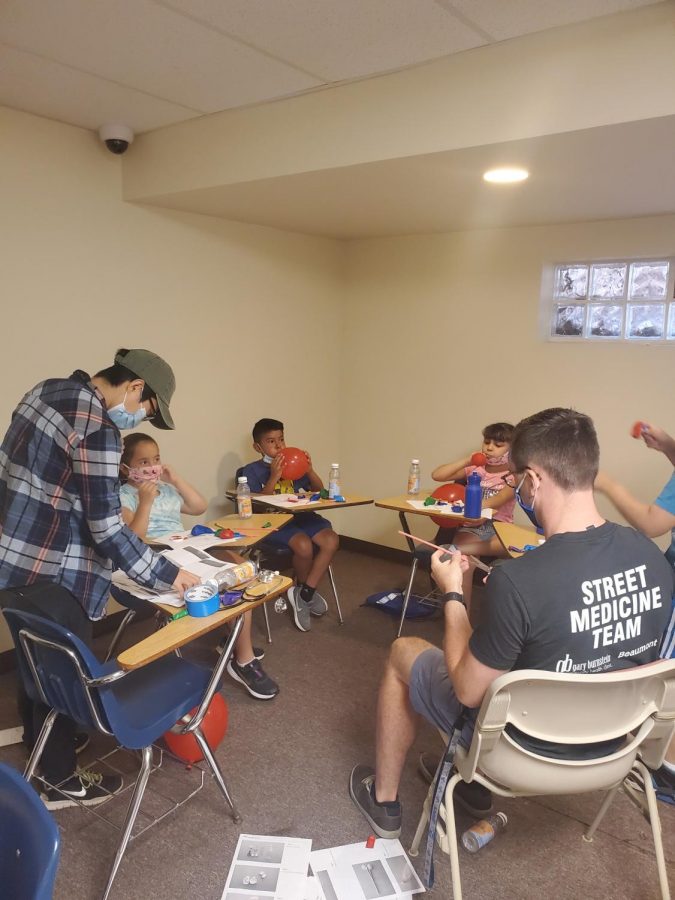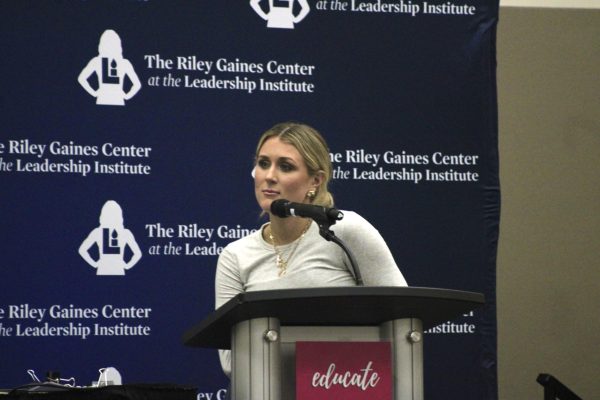OUWB supports local immigrants and families by teaching anatomy
While immigrant populations including Hispanic and Latino groups are rapidly growing especially in Michigan, policies for these immigrants don’t seem to respond to their needs just yet.
To support local immigrants and their families, six students from the Oakland University William Beaumont School of Medicine (OUWB) volunteered as part of the Hispanic Newcomer Outreach Summer Anatomy program (HNO) at a community camp, hosted by Pontiac-based La Casa Amiga, a nonprofit community service for immigrants.
As a collaborative effort between OUWB and Catholic Charities of Southeast Michigan, the HNO Summer Anatomy program was launched in 2016 and aims to engage with the Hispanic/Latinx local community surrounding OUWB, encourage children to make health-conscious decisions, and promote diversity in medicine by inspiring the children to pursue a career in medicine.
This year, the program included a total of six sessions, each covering different organ systems in the human body. Anatomy is known to be one of the toughest subjects many college students struggle with. Teaching children anatomy can be even more challenging.
To accommodate the difficulties, Eli Tukel and Brandon Prentice, coordinators for the HNO program, came up with an idea of implementing visual and kinesthetic learning techniques to teach the children about each topic within the subject. Each session included showing the children models of different organs to provide them a visual representation and activities that show them the function of the organs.
In addition to Santos, Tukel and Prentice, the volunteers from OUWB were second-year (M2) medical students Mackenzie Schimidt, Daeun Jeong and Nick Ludka. Each student shared the knowledge of each organ system.
“I was amazed at how much they did remember and it was great to know that what we were doing was making a difference,” Andrew Santos, incoming second-year medical student at OUWB, said. “It also made me feel great to share what I am learning in medical school with people from my community.”
Santos who is also the president of the Latino Medical Student Association (LMSA) shared his thoughts on the health disparities immigrants are affected by.
“I would like to see more representation of Hispanic/Latinx people in medicine and more programs that go into communities of need to promote change,” he said. “I think the HNO Summer Anatomy program accomplishes both of these goals. It exposes a career in medicine to a community that traditionally does not have the opportunity to learn about it. Additionally, the program promotes health literacy within the community by teaching them the negative impacts of poor diet and the importance of making health-conscious decisions.”
As he continues his career in medicine, Santos plans to be a part of similar programs and aid in mentoring the next generation of Latinx physicians.
“Eventually, the mentor role evolves because they become more of a role model,” Claudio Cortes, assistant professor of immunology at OUWB and the faculty coordinator of the HNO program, said in an interview with OUWB Communications and Marketing. “Many of the kids now say they want to be a doctor.”
By sharing practical and essential knowledge, OUWB-HNO Summer Anatomy Program endeavors to provide the equity of opportunity in education to underserved groups of people in the community.







